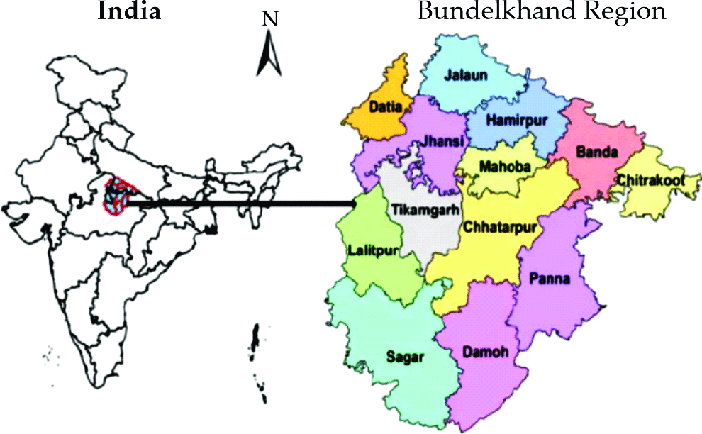The demand for a separate Bundelkhand state in India is a complex issue that has been debated for many years. The bundelkhand region covers an area of around 73040 square kilometers and stretches across parts of the states of Uttar Pradesh and Madhya Pradesh. It comprises 7 districts in UP (Jhansi, Jalaun, Hamirpur, Mahoba, Banda, Chitrakoot, Lalitpur) and 6 districts in MP (Datia, Tikamgarh, Chhatarpur, Panna, Damoh, Sagar).
The region is known for its rich cultural heritage, history, and natural beauty, but it has been facing a number of socio-economic and developmental challenges for a long time. Some argue that the region has been neglected by the government and would benefit from having its own state government with the ability to make decisions specific to the region’s needs.
Proponents of the separate state argue that Bundelkhand is a distinct region with its own culture, history, and economic needs that are not being adequately addressed by the governments of Uttar Pradesh and Madhya Pradesh. They point out that the region has been facing chronic water scarcity, poor agricultural productivity, high poverty rates, and lack of industrialization, which are some of the major reasons for the region’s backwardness. They also argue that the region has been neglected in terms of infrastructure development, healthcare, education, and other basic amenities.
The Bundelkhand region is known for its rich mineral resources, but it has not been able to fully exploit them due to lack of proper planning and implementation. The region is rich in minerals like limestone, dolomite, bauxite, and copper, but the mining activities are not taking place on a large scale due to lack of proper infrastructure and connectivity. This has resulted in a loss of potential revenue for the region.


